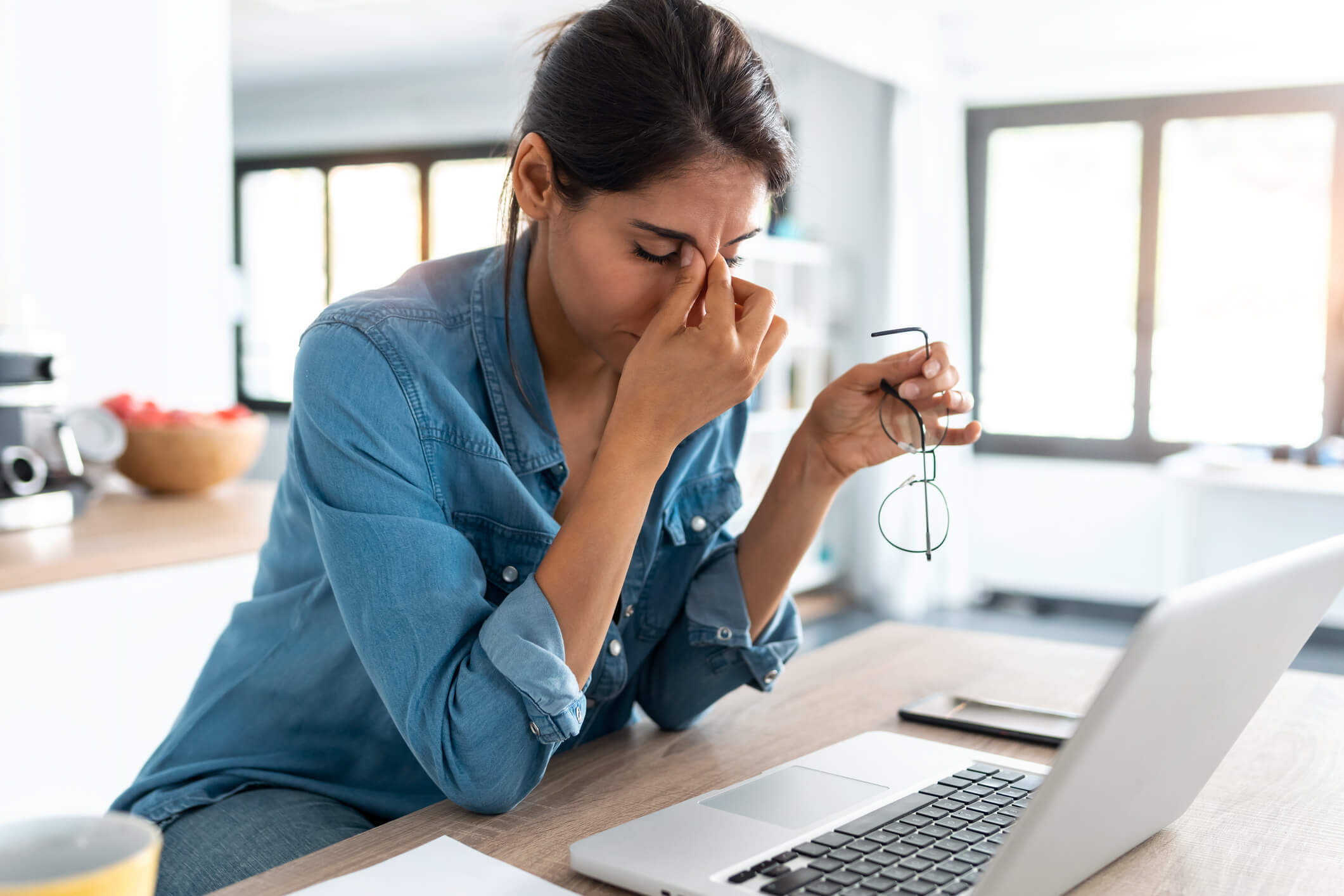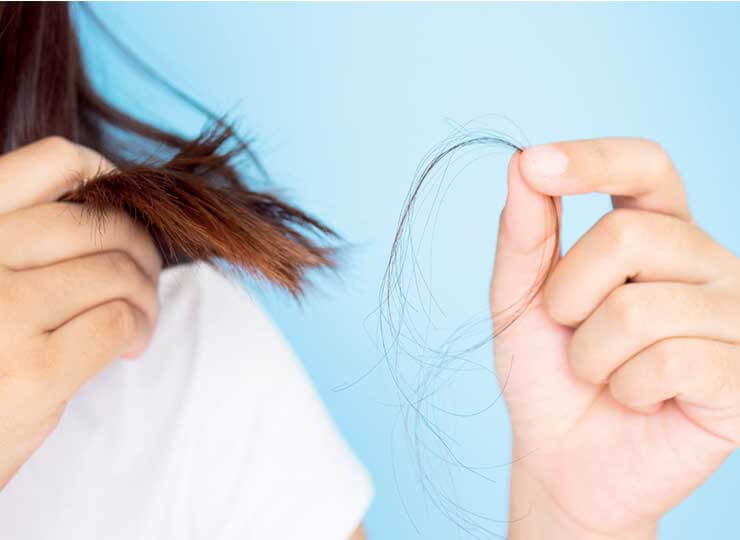Androgenetic alopecia is the most common form of hair loss. We give you some advice to fight against this condition that is often difficult to live with.
Hair loss can be due to different phenomena and have different names. Its most common form is androgenetic alopecia, a chronic condition, often difficult to live with and of genetic origin. However, it is possible to prevent or slow it down by adopting certain habits.
Preventing hair loss
Taking care of your hair is the first reflex to adopt in order to limit the risk of alopecia and, above all, to keep your hair healthy. It is strongly recommended to be vigilant if cases of alopecia and baldness are present in your family and to apply these different tips:

- Adopting a balanced diet by favoring foods rich in protein, iron, zinc, magnesium… Bananas, spinach or fatty fish are foods that contain many nutrients that help combat hair loss;
- Avoiding smoking: tobacco has many negative effects on hair, including promoting hair loss and slowing hair growth. This can therefore have the effect of aggravating existing androgenetic alopecia;
- Taking care of your hair: avoid hairstyles that are too tight, and the excessive use of a straightener, hair dryer, or even chemical colouring;
- Protecting your hair from the sun: like the skin, hair is damaged by UV rays. It is therefore important to protect your hair with anti-UV masks or by rinsing it with clean water after swimming;
- Avoiding sources of stress: this can strongly promote hair loss due to the hormones secreted;
- Improving the blood circulation of your scalp: this will promote the supply of essential nutrients to the roots of the hair;
- Take a regular course of food supplements in order to strengthen and fortify the hair.
Hair loss treatments
As well as adopting good habits, certain hair loss treatments are available and can be effective if taken early enough and on a regular basis.
First of all, consulting a dermatologist is recommended at the first signs of hair loss. They will be able to determine the cause through a clinical examination, blood test and, possibly, a trichogram. Completely painless, this test consists of analysing the roots of about twenty hairs in order to identify a possible problem in the hair cycle. At the end of these tests, the doctor will be able to prescribe an appropriate treatment: local care or medication. In the case of severe hair loss, a hair transplant may be recommended.
Following this, regular appointments will make it possible to monitor the progress of the treatment. Patience is required since the hair loss will only stop after 2 to 3 months treatment. Small hairs should then have appeared. After a few months, regrowth stabilises at its maximum. It should be noted, however, that at present, no definitive treatment exists for androgenetic alopecia. It is therefore necessary to be followed on a regular basis in order to obtain the prescriptions enabling you to mainten the results already achieved.
It is also recommended that you opt for suitable dermatological care, such as shampoos and lotions, as well as taking food supplements that bring strength and vitality to your hair.






